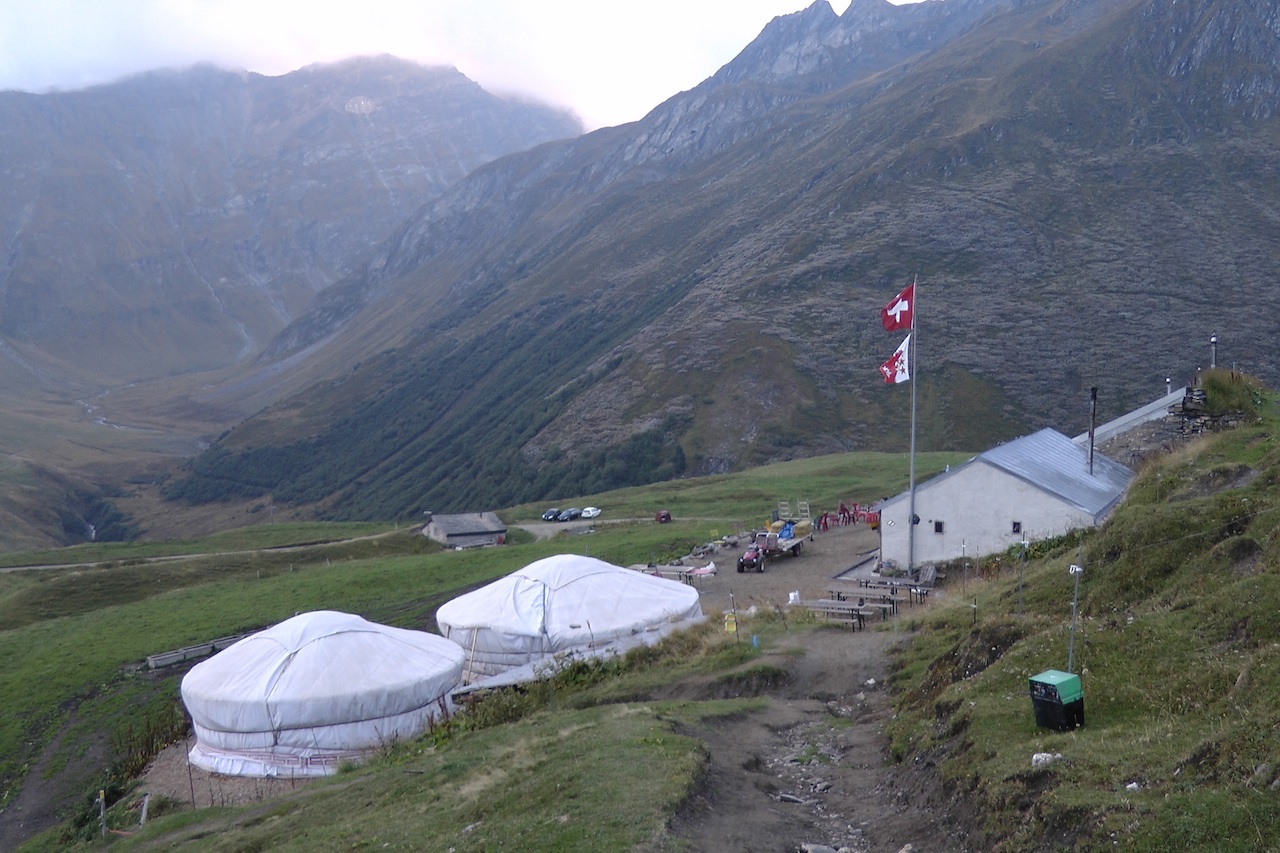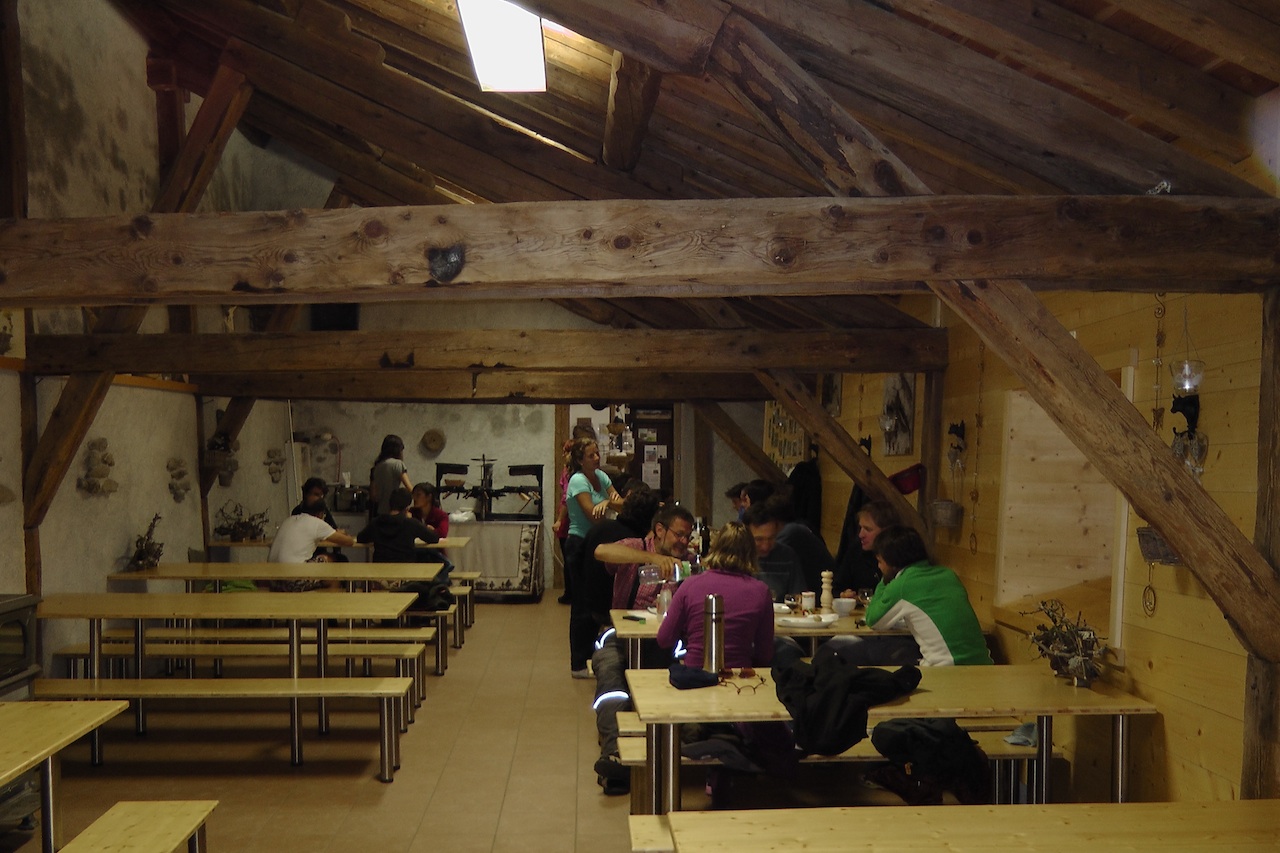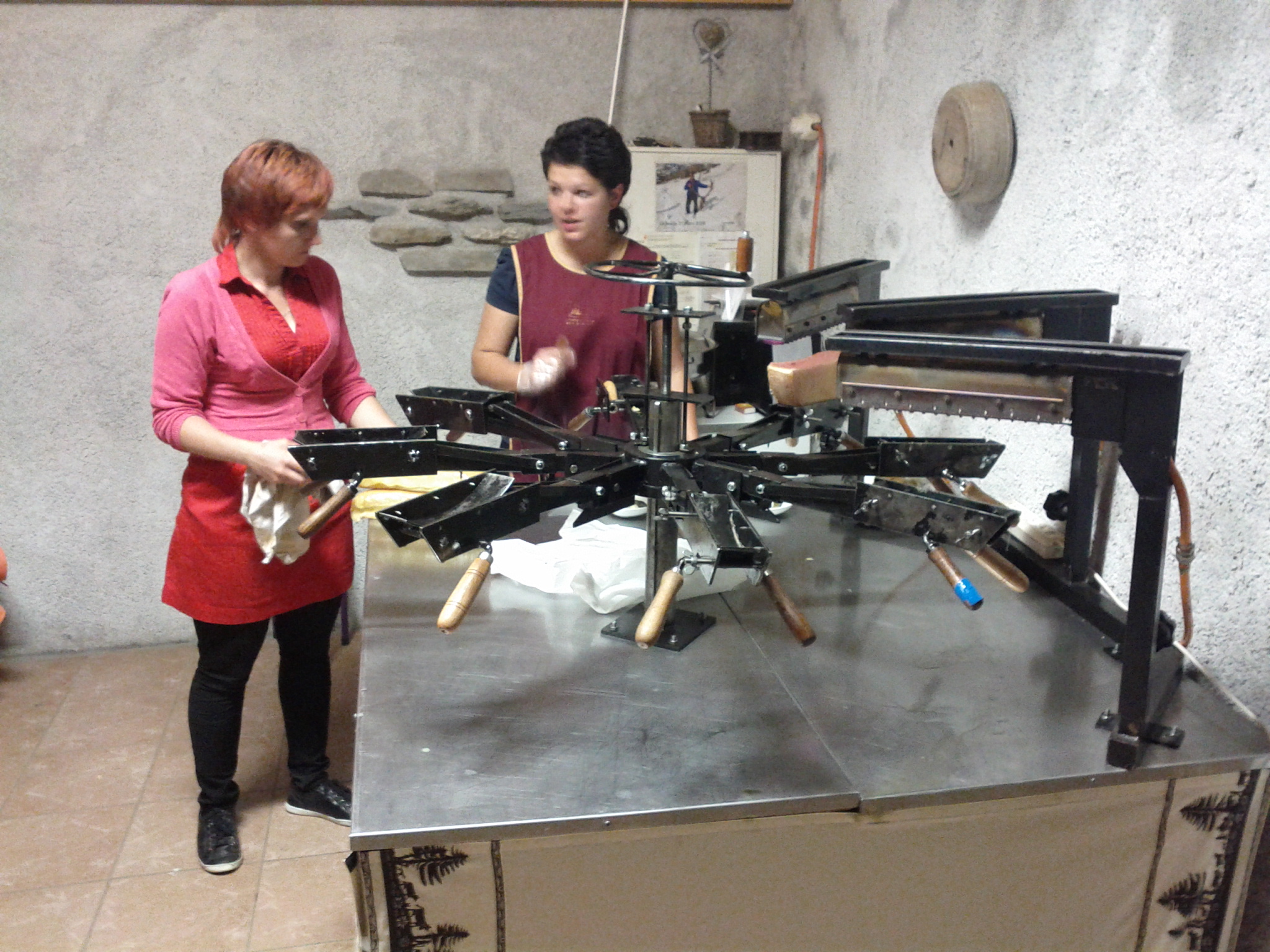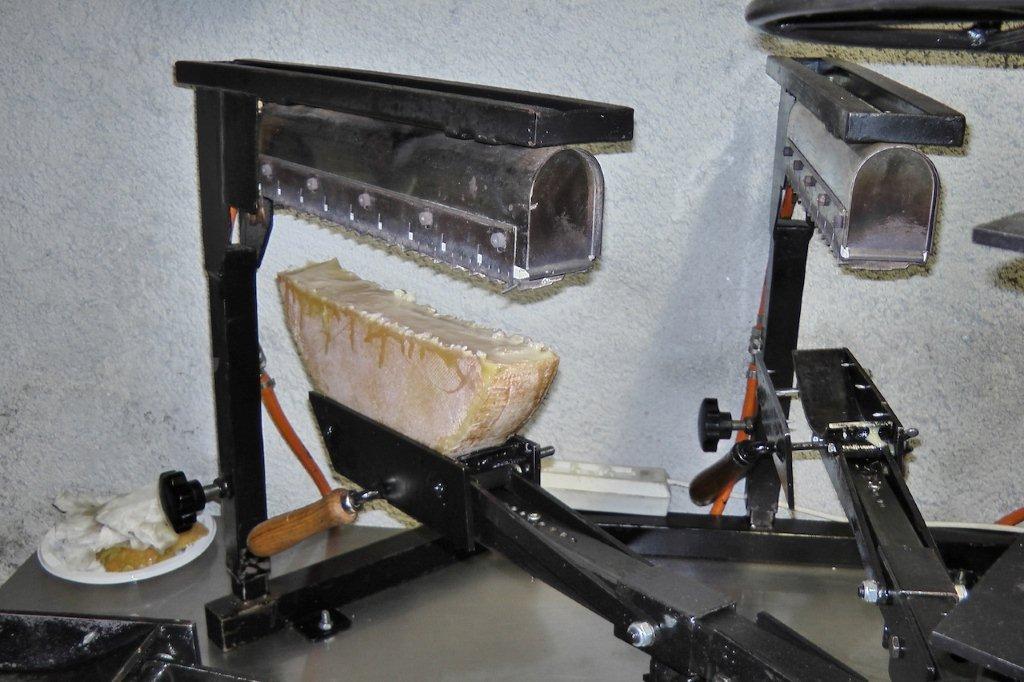On the Alpage
Over the last two months I've used the word "alpage" quite a few times, especially in photo captions. But what does it mean?
That depends on the place and the time. At its core, an alpage is the high alpine pasture where cows live during the summer. They are milked each day, and for that you need buildings where the milk is stored and then turned into cheese.
All summer during my hiking I’ve walked past stone buildings in the highest meadows imaginable, many of them in various states of decay. Maintaining an alpage is a huge amount of work, and no government subsidy is enough to entice most modern Swiss people into bringing their families to remote mountains with seasonal employment.
So all over the Alps I’ve seen old cowsheds and houses without roofs or even walls, let alone cows or people. But yesterday, after walking a terrific ridgeline from Grand Saint Bernard Pass and then following trails past exquisite alpine lakes – where we took a quick swim – we arrived at the Buvette de la Peule, located at 2,071m in a broad valley well above treeline.
Here is the perfect example of a modern alpage at its full potential. They have cows and cheese making like in the old days (albeit with modern mechanical equipment), but they also milk tourists. That’s a great thing, as tourists are delighted to feast on raclette from cheese made right here, and to sleep in comfortable bunks or out on the straw.
La Peule has the great good fortune of being right on the famous week-long hiking tour around Mont Blanc, the highest peak in the Alps. Nicolas and Sabine Coppey have been working La Peule for 14 summers as shepherds and cheese makers, most of that time offering rustic services: not much more than beds of straw and slices of cheese.
A dozen or so years ago they realized that their situation on the Tour du Mont Blanc could do much better with an extensive renovation. But the community owns the alpage, and between getting the permission and doing the construction, it was only a year ago that the place turned into the modern operation it now is.
Now they can sleep 50 or so people in comfortable beds – or straw if they prefer – and then serve them all raclette dinners from a large spinning cheese-melter. It’s really an ideal blend of history, culture, and comfort.
The alpage itself has rights for 68 cows for 100days, which is the way such rights are allocated around here. The cows are owned by people in the villages below, and Nicolas Coppey keeps careful track of how much milk each cow produces. The owners are then paid based on the percentage of milk their cows contribute to the cheese made on the alpage.
In full production early in the season, about 700 liters of milk are produced each day, which yields about 14 cheese rounds of five kilos each. At this stage of the season (they close the alpage a week from now with a great ceremony of bringing the cows down the valley in full regalia, resplendent with bells and flowers) they have some 1,200 cheeses stored in the cellar, each of which needs to be washed every day.
Sabine told us – as all farmers have – that subsidies from the canton are what make the work feasible, but that even that wouldn’t be enough to provide for their large family without the income from visitors. And also the many different jobs that fill the fall, winter, and spring until the cows and the Coppey family move back up for the summer.









You can find an overview of ongoing debates with our journalists here. Please join us!
If you want to start a conversation about a topic raised in this article or want to report factual errors, email us at english@swissinfo.ch.